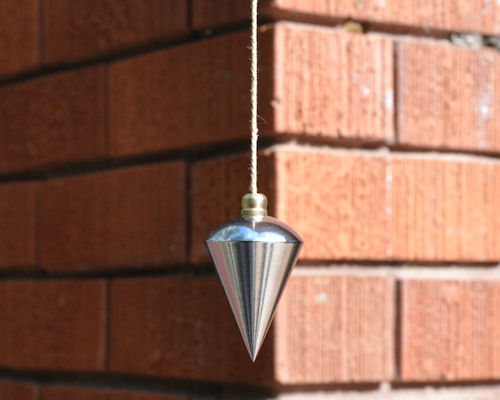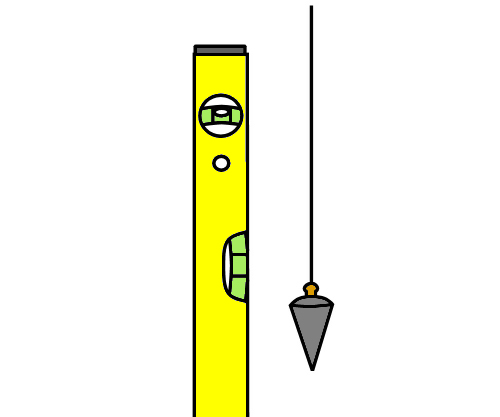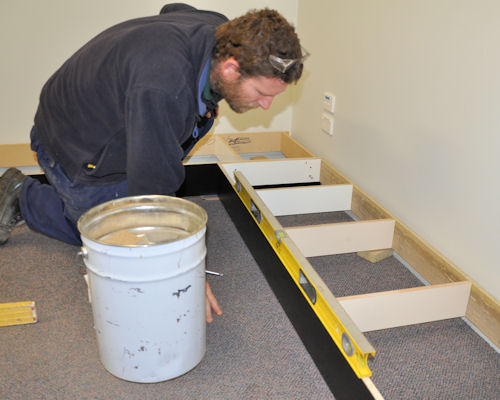Plumb checks
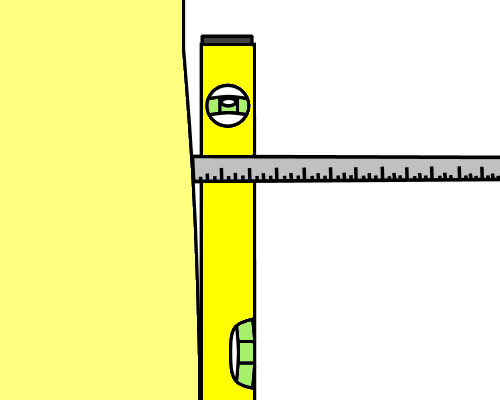 Audio for slide 3 (mp3 |6|KB)
Audio for slide 3 (mp3 |6|KB)
Checking walls
The easiest way to check walls for plumb is to put a spirit level on the wall. If the bubble is not in the centre of the vial, you'll need to find out how far out of plumb the wall is by moving either the top or bottom of the level away from the wall until the bubble finds centre. Then measure the gap between the level and the wall.
Note that you only need to measure the gap at the height you're working to. That is, if the cabinet height is 870 mm above the floor, that will be the point where you should take the measurement.

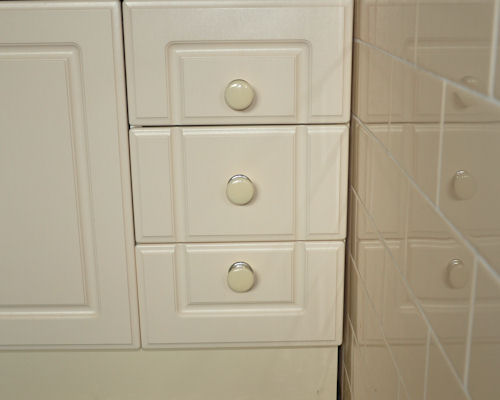 Audio for slide 4 (mp3 |6|KB)
Audio for slide 4 (mp3 |6|KB)
We'll talk more about this in the units Adjusting cabinets on-site and Installing cabinets on-site.

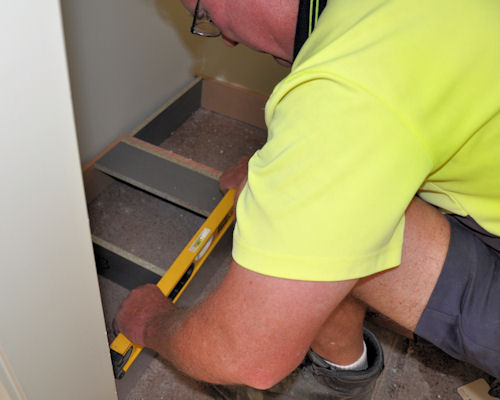 Audio for slide 5 (mp3 |6|KB)
Audio for slide 5 (mp3 |6|KB)
Using a level with a straight edge
Spirit levels come in lengths ranging from pocket sized mini levels through to builders' levels 1800 mm long or more. The longer the level is, the more accurate your measurements will be. However, a long level isn't much good if you can't fit it into the space you're working in.

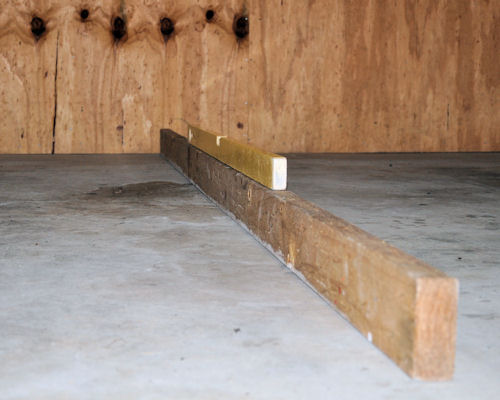 Audio for slide 7 (mp3 |6|KB)
Audio for slide 7 (mp3 |6|KB)
Alternatively, you can use a board that's perfectly straight, such as a kickboard or long strip of plywood.
Obviously, a straight edge needs to be perfectly straight to get a true reading, so if you're using a re-sawn board you should sight along its length to check that there's no hollows or high spots.

Learning activity
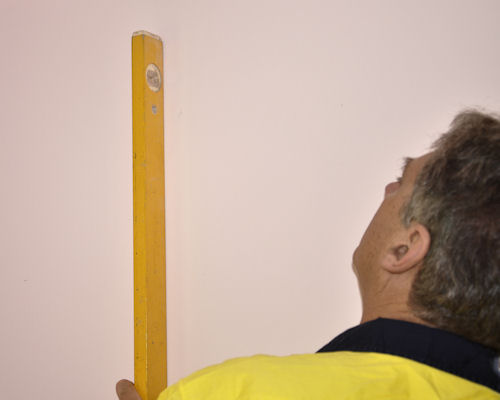 Audio for slide 8 (mp3 |6|KB)
Audio for slide 8 (mp3 |6|KB)
Have a go yourself at checking walls for plumb and looking for deviations in the flatness of the wall. It's best to use a 1200 mm level. Sit one end on the skirting board and take a reading at the top end. If the bubble isn't exactly in the centre of the vial, move the level until it is. Then measure the gap between the level and the wall.
Take several readings at different heights on the wall. Also look for any hollows in the wall while you're holding the level in place.



